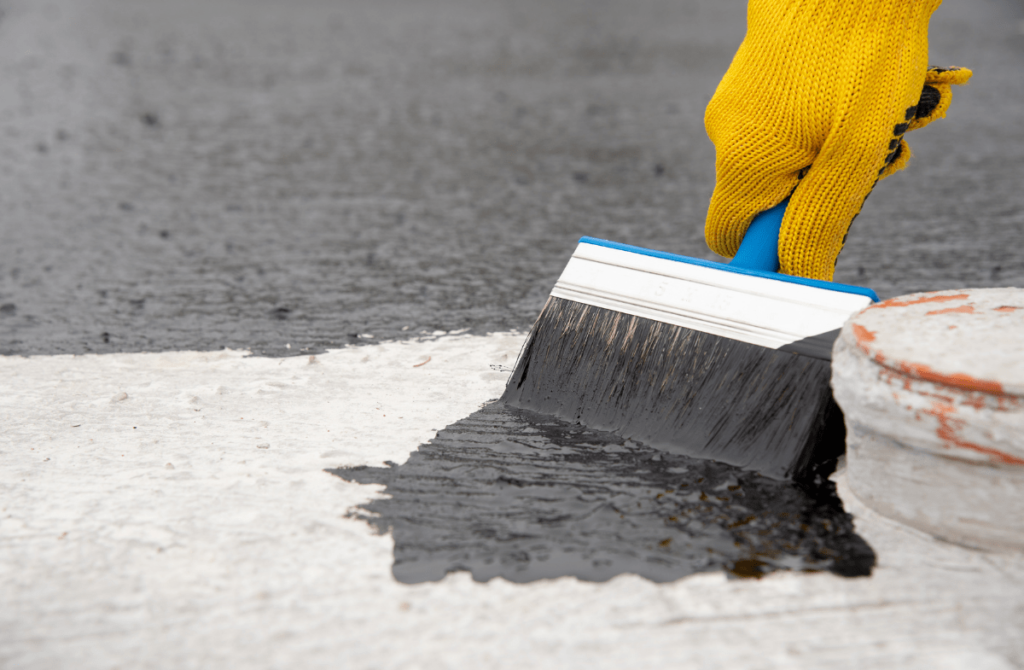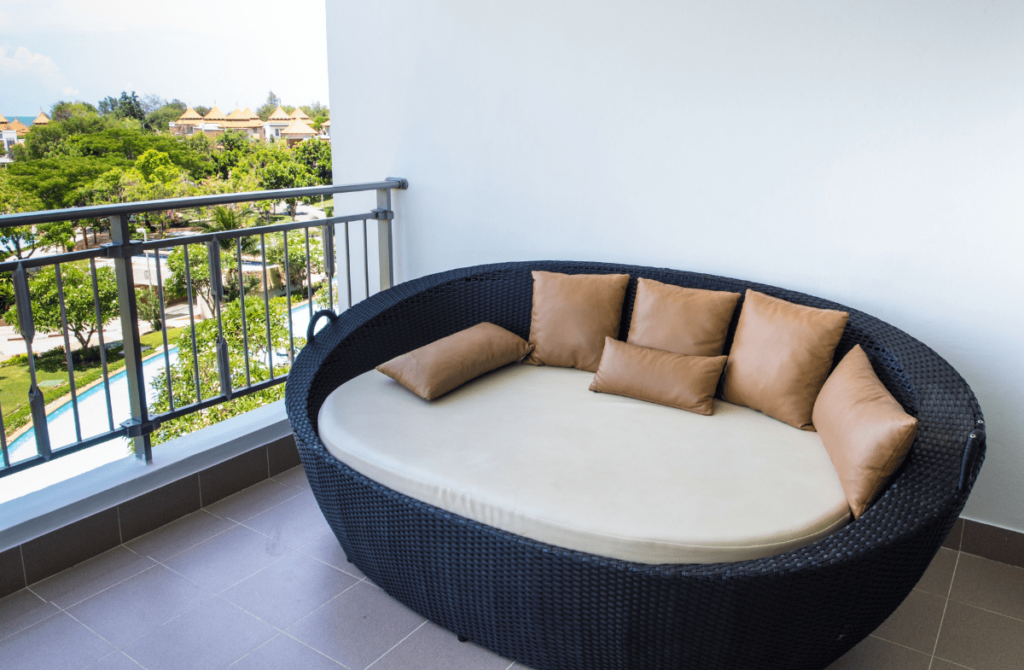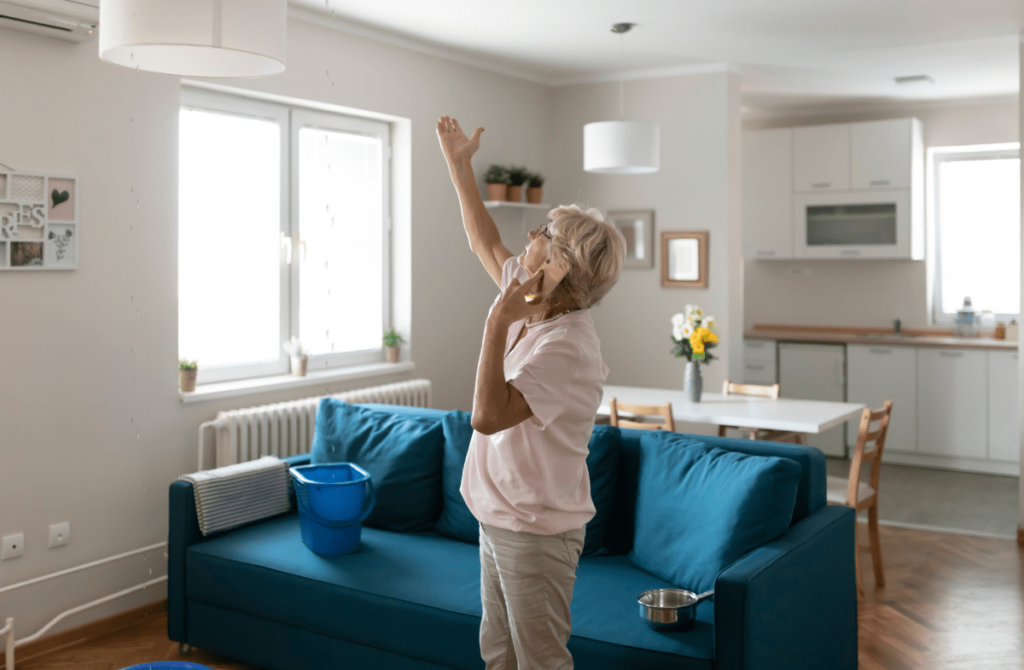
Water damage can take a serious toll on your home – both suddenly and slowly over time.
To help safeguard against extreme weather conditions, maintain durability and preserve long-term value, waterproofing is a must in all homes. However, while it’s an important task, the waterproofing process isn’t as straightforward as it may seem.
Home waterproofing requires looking for symptoms of water damage and finding the root cause of any leaks. It also involves repairing structural deficiencies and using the right method and waterproofing products to protect your property.
So, as a nation that loves DIY home projects, is it safe for you to DIY waterproof your home? What are the things to consider should you pursue this at-home project yourself?
Here is a quick guide to help you decide if you can DIY your own home waterproofing.
First, what areas can you waterproof?
No one wants to live in a house with cracks, leaks, growing mould, mildew or pooling water.
So, waterproofing should be one of your top priorities in maintaining your property. Sealing off and protecting the surfaces inside and around your home can prevent unwanted water infiltration.
When waterproofing, here are some keys zones you should consider:
- Garage, basement or similar
- Deck and patio
- Balconies
- Kitchen
- Bathroom
- Crawl spaces under the house
- Roof
- Exterior walls
- Foundations
Depending on your waterproofing requirements, you can either opt to do it yourself or hire professional waterproofing experts.
Let’s compare your options.

Professional home waterproofing vs DIY home waterproofing
Is it possible to DIY your home waterproofing? Yes.
Can everyone do it? No.
For instance, significant foundation repair, floor repair and other major kinds of repairs brought on by water damage should be dealt with by the experts. If you also have a water-related emergency that must be resolved urgently, leaving the job to waterproof specialists is the best way to guarantee fast and reliable results.
However, if you’ve identified the early signs of water damage, a DIY home waterproof project can be a good option to consider. Waterproofing products like SWP (Scientific Water Products) Drizoro can help you solve these issues at home yourself.
DIY home waterproofing is good for people who are on a tight budget. Just make sure, though, that you have the skills, knowledge and time to waterproof correctly to prevent further complications in the future.
If you’re serious about DIY waterproofing your home, remember to take note of these following tips.

Tips to keep in mind when DIY home waterproofing
Ensuring your home is adequately waterproofed enables you to protect it from water damage so you and your family can be safe and comfortable.
Here are some tips that can guide your DIY home waterproofing project:
- Check what’s causing the leak or water-related issue.
Knowing the source of the leak or water damage is the first step to waterproofing. Is it a crack in the windows? Faulty or broken pipes? Perhaps, poor drainage?
By understanding where the water is coming from, you’ll be able to properly address the problem. - Conduct thorough waterproofing research.
What comes next is finding the best waterproofing method that is best for your water-related problem. Whether it’s interior waterproofing, exterior waterproofing or repairing your drainage system, make sure the step-by-step process is clear on your end, based on the identified cause. - Choose the right waterproofing solution.
Selecting quality waterproofing products is critical to the success of your DIY waterproofing project.
At Scientific Waterproofing Products (SWP), we have an extensive range of cement-based waterproofing products that are made from high-quality raw materials and backed with a 10-year product warranty for all of your repair and maintenance needs. - Clean and prepare your home’s surfaces before applying the waterproofing solution.
Make sure that cracks are properly filled and walls are tidied from any loose materials. Paint, tiles and adhesives should also be removed beforehand. - Follow the recommended application.
Read your waterproofing product’s brochure or packaging to determine the right ratio and amount to be used. You should also identify the curing/resting time needed after you’ve applied the waterproofing solution.At SWP, we have local Australian waterproofing specialists who you can consult to effectively optimise our waterproofing products. Contact us here for more information. - Perform other preventive measures.
Waterproofing shouldn’t just be about fixing existing water problems – it should also focus on avoiding the reoccurrence of water damage in the future.As such, it’s important to not skip ongoing property maintenance. You can also do simple things like cleaning your gutters, moving plants away from your house’s foundations and keeping your current waterproofing solution in check.
DIY home waterproofing is not an easy task – and definitely not for everyone.
However, being equipped with superior waterproofing products that can meet your budget, time and specific waterproofing needs will help you get the results you’re after.
Choose the right DIY waterproofing solutions for your home
At SWP, we offer high-quality, cost-effective waterproofing products that make your DIY project simple.
Just visit our website to learn more about each product – or better yet, find the nearest reseller and applicator in your area.
Feel free to contact us if you have any further enquiries.
As always, SWP is committed to providing the right waterproofing solution to any problem or application.